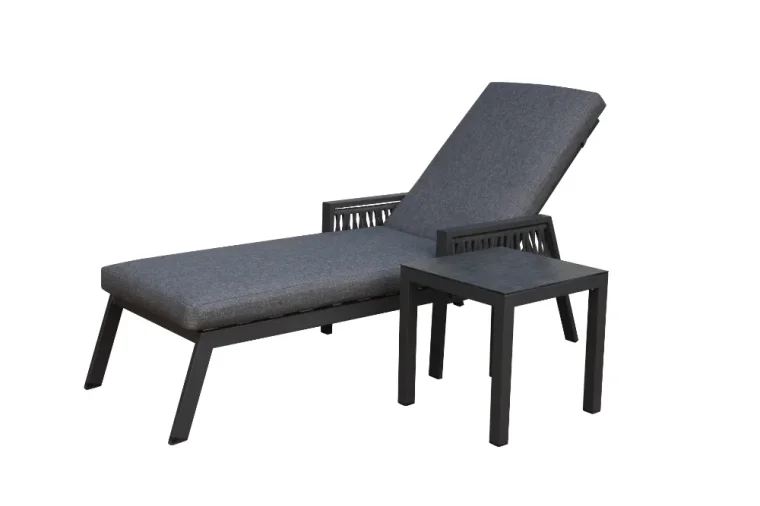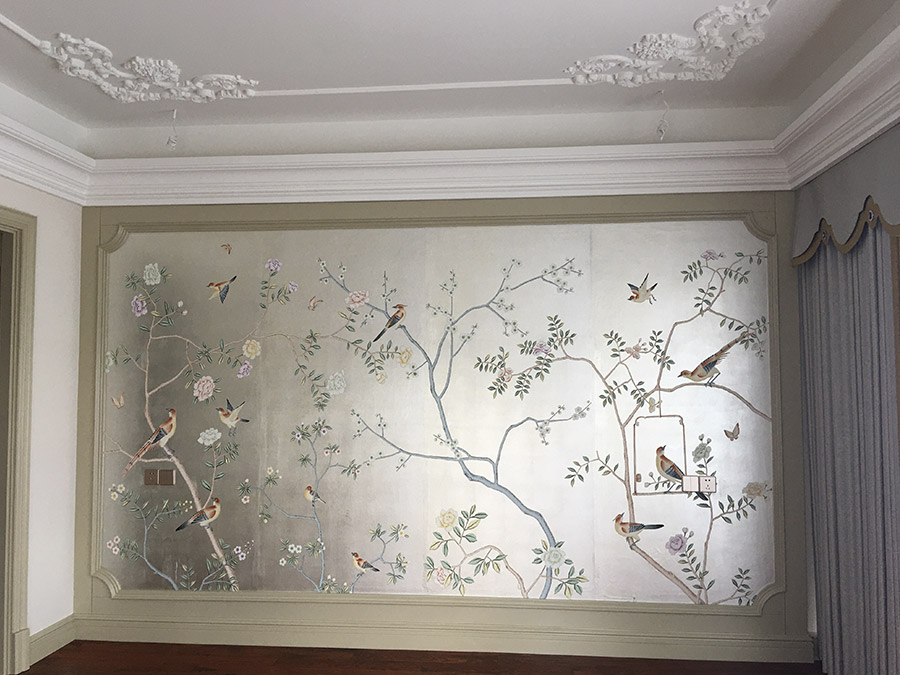LED lights have gained immense popularity in recent years due to their energy efficiency and long lifespan. However, there are instances where LED lights fail much sooner than expected. In this blog post, we will delve into the reasons behind the premature failure of LED lights, exploring various factors that contribute to their limited lifespan. By understanding these factors, we can make informed decisions when purchasing and maintaining LED lights.
- Thermal Management:
One of the primary reasons for LED failure is inadequate thermal management. LEDs are highly sensitive to heat, and excessive heat can significantly reduce their lifespan. Poorly designed heat sinks, insufficient ventilation, or improper installation can lead to the accumulation of heat, causing the LED components to degrade and fail prematurely. It is crucial to ensure proper thermal management to maximize the lifespan of LED lights. - Quality of Components:
The quality of components used in LED lights plays a vital role in their longevity. Low-quality LEDs or substandard materials used in the manufacturing process can result in premature failure. Inferior soldering, poor wire connections, or inadequate encapsulation can lead to degradation and failure of the LED lights. Opting for reputable brands and ensuring the use of high-quality components can significantly reduce the chances of premature failure. - Voltage Fluctuations:
LED lights are sensitive to voltage fluctuations, and excessive voltage spikes or surges can damage the LED driver or other electronic components. Inconsistent power supply, voltage spikes during electrical storms, or faulty electrical systems can all contribute to the premature failure of LED lights. The use of surge protectors, voltage regulators, or stabilizers can help mitigate the risks associated with voltage fluctuations. - Environmental Factors:
LED lights are often exposed to various environmental factors that can impact their lifespan. High humidity levels, extreme temperatures, exposure to corrosive chemicals, or excessive vibrations can all contribute to LED failure. It is essential to consider the environmental conditions in which LED lights will be installed and choose appropriate fixtures or protective measures to ensure their longevity. - Overdriving and Overheating:
Overdriving LED lights by exceeding their recommended current or voltage ratings can significantly reduce their lifespan. Similarly, operating LED lights at high temperatures beyond their specified limits can accelerate their degradation. Properly matching the power supply, adhering to recommended operating conditions, and avoiding overdriving or overheating can help extend the lifespan of LED lights.
Conclusion:
While LED lights are known for their durability and energy efficiency, it is crucial to understand the factors that can contribute to their premature failure. By addressing issues related to thermal management, component quality, voltage fluctuations, environmental factors, and avoiding overdriving or overheating, we can maximize the lifespan of LED lights. Investing in high-quality LED lights from reputable manufacturers and ensuring proper installation and maintenance practices will ultimately result in longer-lasting and more reliable lighting solutions.


